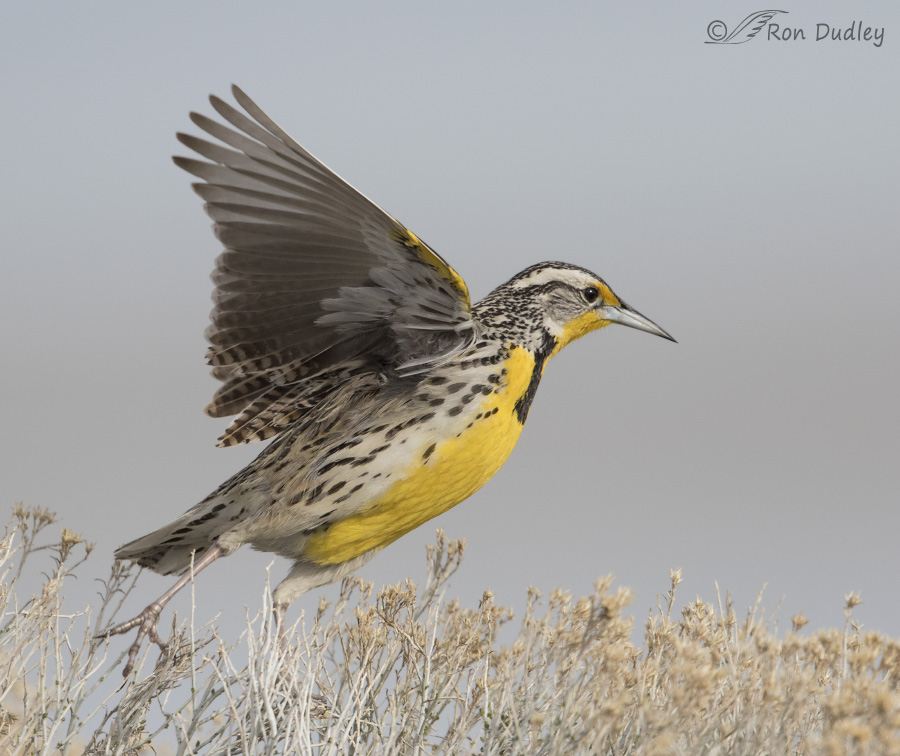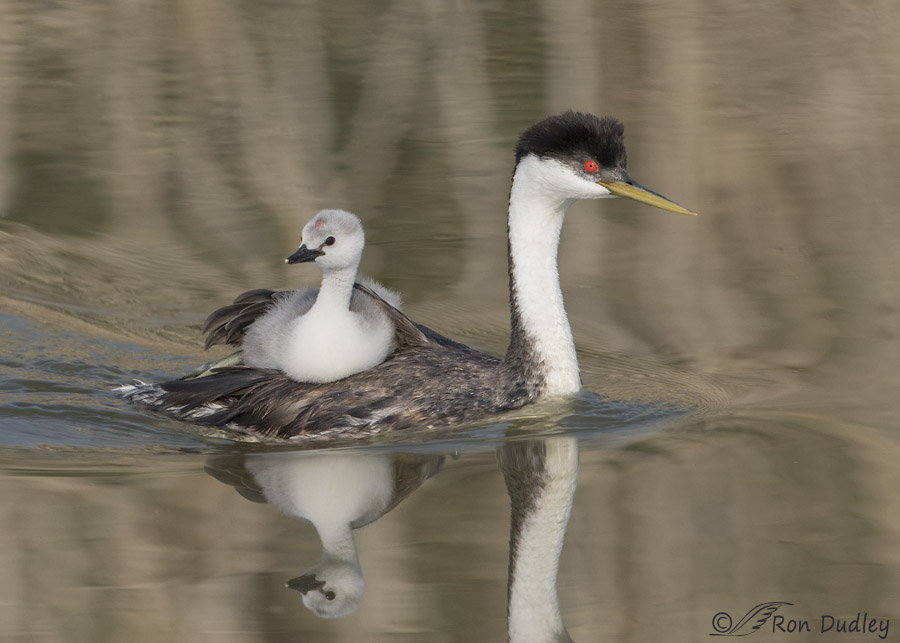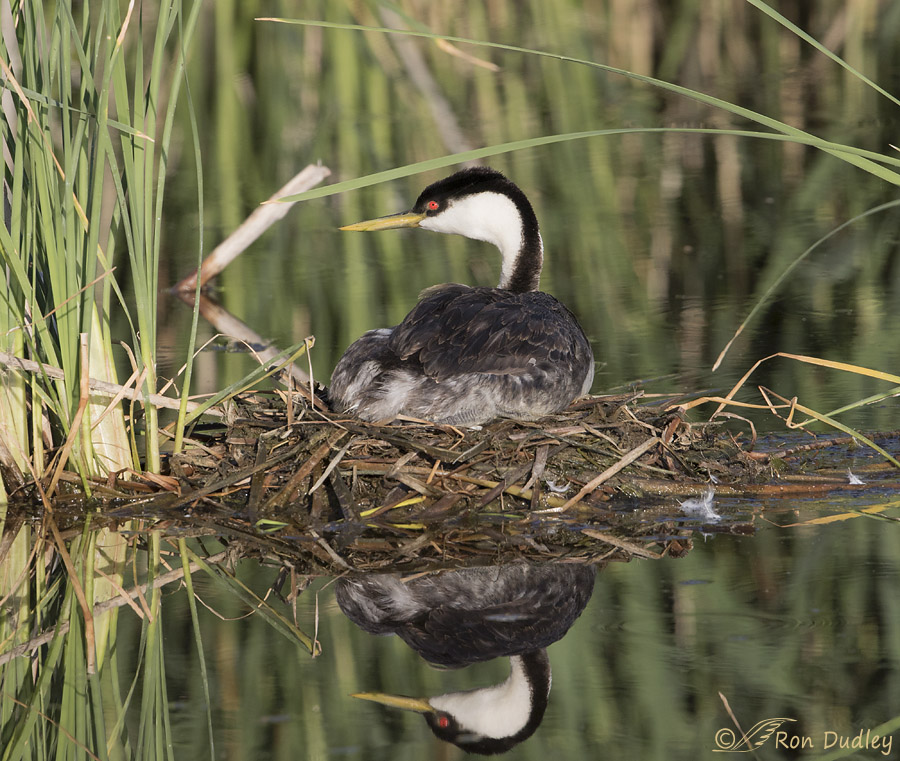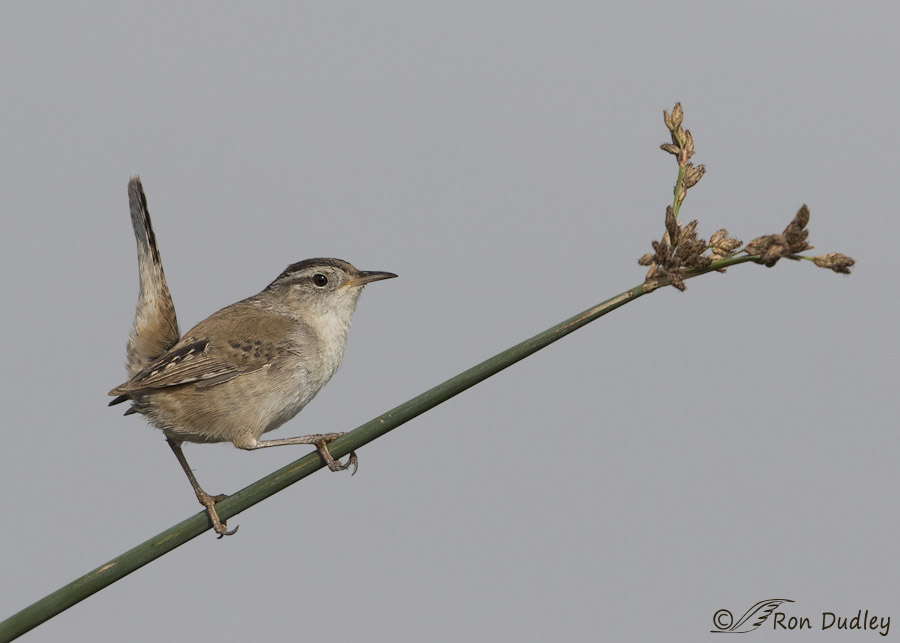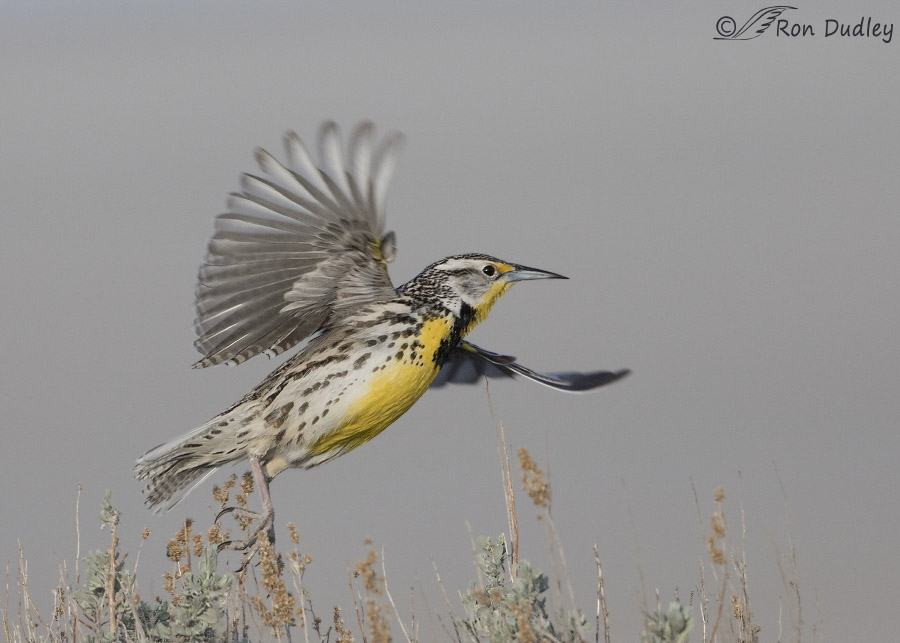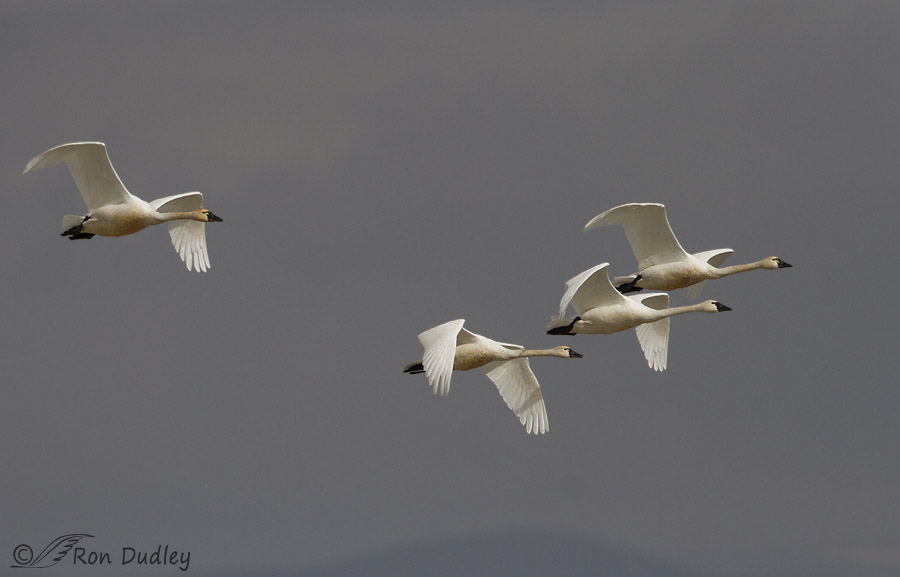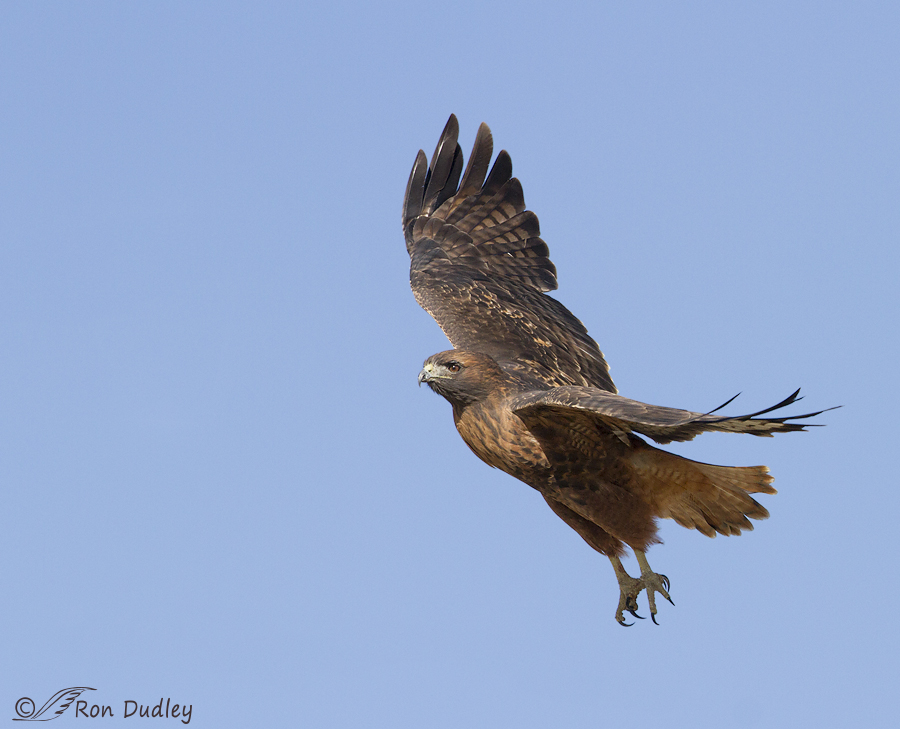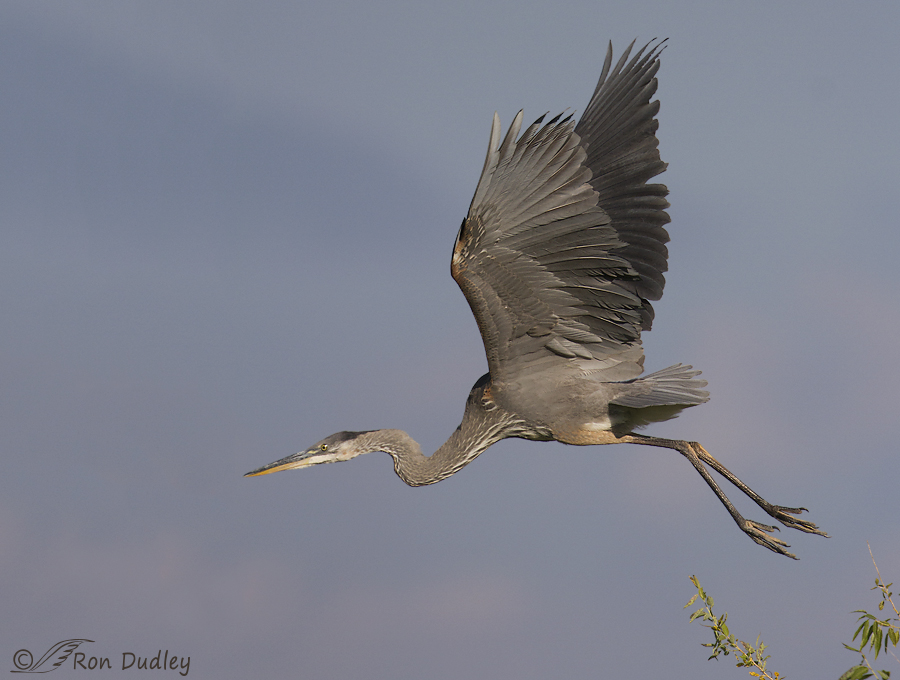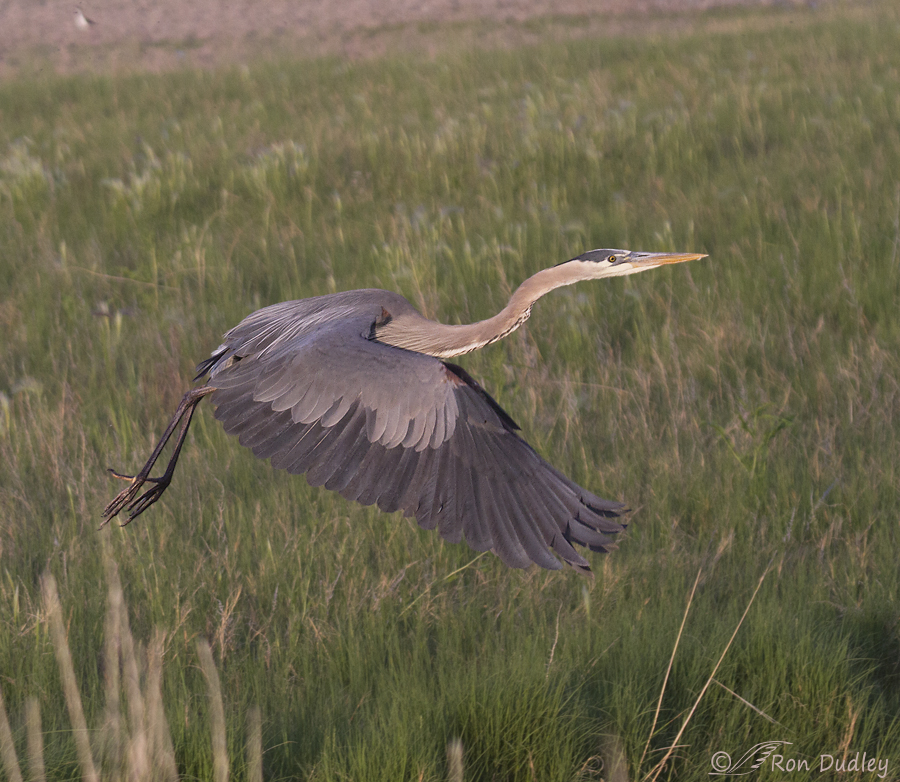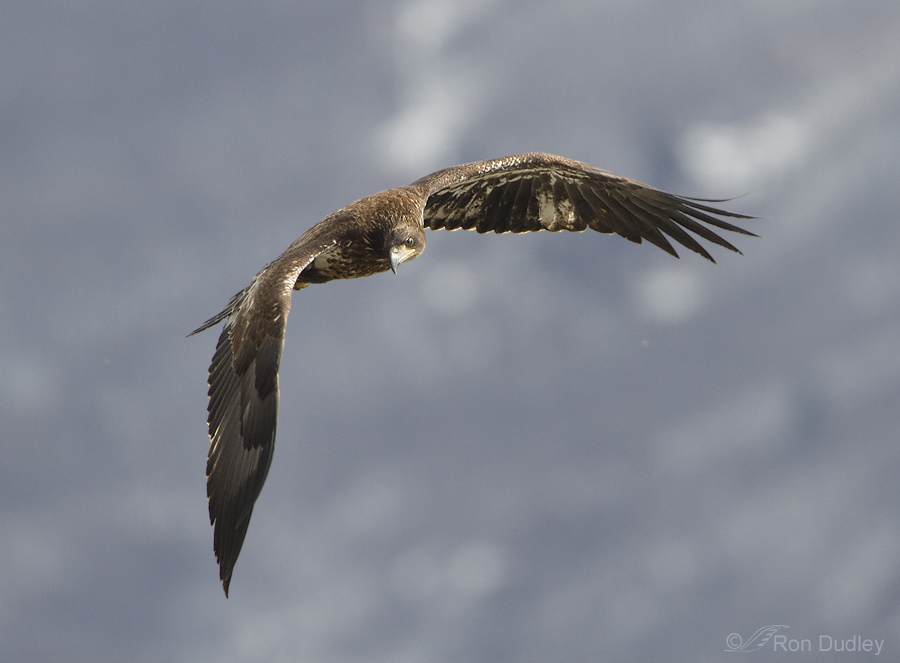Tag: composition
Western Grebe And Chick – An Interesting Image For Three Reasons
Western Grebe On The Nest
Bear River Marsh Wrens
Launching Meadowlarks
Bear River Tundra Swans In Flight (Swan Day is quickly approaching)
Cloning Background Elements – A Slippery Slope
Western Scrub Jay (and a question of composition)
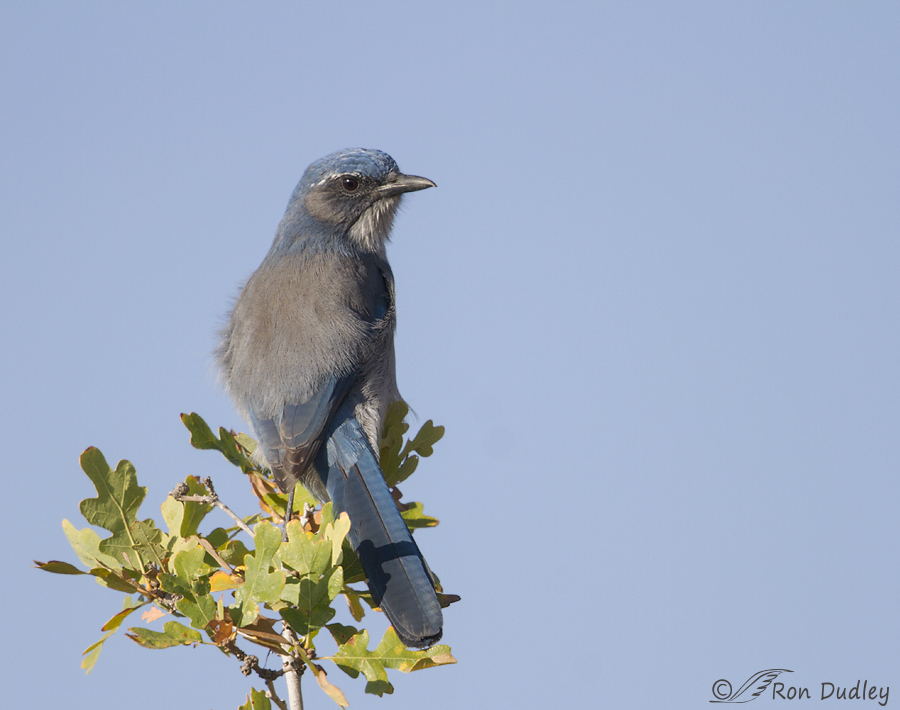
As common as they are in some areas I have very few quality images of Western Scrub Jays. They frequent scrub woodlands dominated by pinon pines or oaks in the west so it isn’t unusual for them to be found in Utah neighborhoods adjacent to the mountains where they sometimes visit bird feeders. I prefer to photograph them in their native habitat but they’re more shy there which partially explains my lack of images of the species.
A Great Blue Heron And A Photographer’s Conundrum
Great Blue Heron In Flight (and working on prejudices…)
A Curious Coyote, A Reflection And A Compositional Quandary
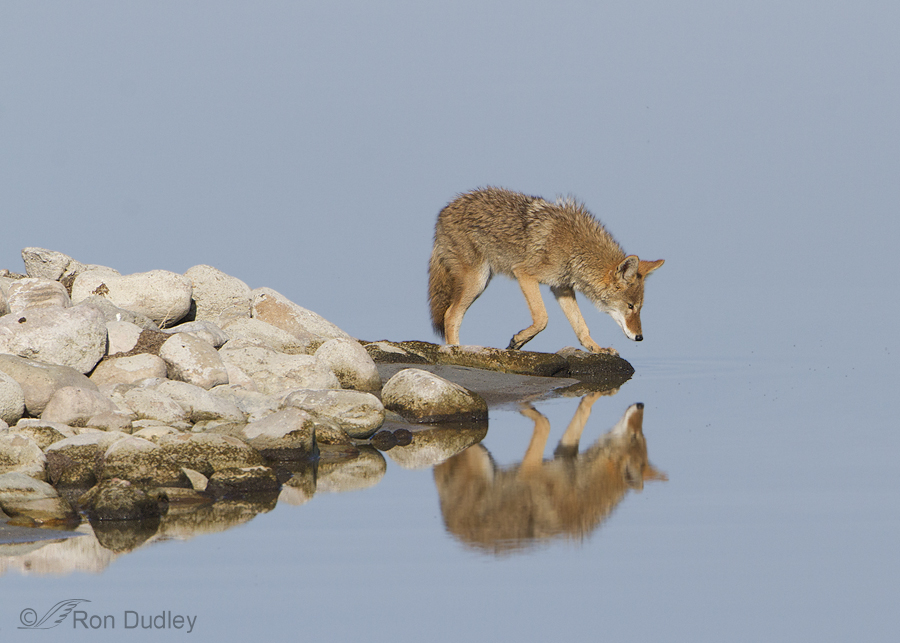
Two days ago we found this coyote exploring along the Antelope Island causeway. We watched it gnaw on a duck or shorebird carcass (possibly falcon leftovers, based on past experience) and then it continued to look for something, almost anything, to eat. When it reached the end of a rocky spit jutting out into the Great Salt Lake it entertained us with some interesting behavior.
American Kestrel With Peeling Beak
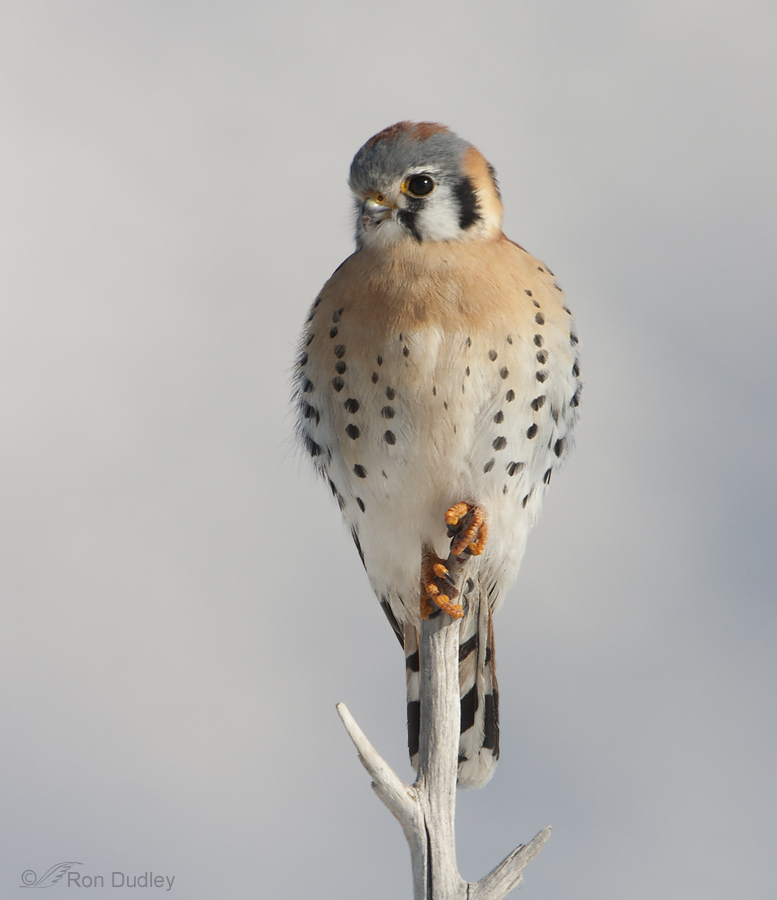
I’ve never before posted this image because of the “imperfection” of the peeling beak tip of this male American Kestrel. Bird beaks are largely composed of the protein keratin and like our fingernails are constantly growing. This can apparently cause flaking or peeling of the beak but I don’t understand why and so far internet research hasn’t provided the answer.
A Compositional Conundrum – Immature Bald Eagle
Long-billed Curlew – A Running Start
Just another little trick of a bird photographer and it worked this time.
Barn Owl Hunting Over A Hoarfrosted Hill
The Barn Owls are still hunting sporadically during daylight in northern Utah. I’ve seen them doing so in a variety of areas and heard reports of it happening elsewhere. Some areas near the Great Salt Lake are literally “magical wonderlands” in the early mornings due to the thick layer of hoarfrost that covers nearly everything. The frost falls off the vegetation during the day, then reforms during the night. The hoarfrost produces a setting for my images that appeals to me. The camera settings for the images in this post were: 1/3200, f/7.1, ISO 500, 500 f/4. The owl was not baited, set up or called in. Yesterday morning this owl was hunting along the upper edge of a steep-sided hill as it came in my general direction and then rounded the hill to my right. In the first four shots you can see that its attention is riveted to the side of the hill where the snow cover is much less deep than it is everywhere else, which would increase the chances of spotting a vole. I chose to compose these images a little differently so that the frost-covered hunting ground becomes almost as important to the image as the bird. If you have any thoughts on this composition I’d be interested in hearing them. As the bird rounded the hilltop and got closer to me the frosted vegetation became more dominant in the images. You can see that the snow on the hillside is patchy (most of the white is frost) so I believe that…
Western Grebe And Chick – An Interesting Image For Three Reasons
Western Grebe On The Nest
Bear River Marsh Wrens
Launching Meadowlarks
Bear River Tundra Swans In Flight (Swan Day is quickly approaching)
Cloning Background Elements – A Slippery Slope
Western Scrub Jay (and a question of composition)

As common as they are in some areas I have very few quality images of Western Scrub Jays. They frequent scrub woodlands dominated by pinon pines or oaks in the west so it isn’t unusual for them to be found in Utah neighborhoods adjacent to the mountains where they sometimes visit bird feeders. I prefer to photograph them in their native habitat but they’re more shy there which partially explains my lack of images of the species.
A Great Blue Heron And A Photographer’s Conundrum
Great Blue Heron In Flight (and working on prejudices…)
A Curious Coyote, A Reflection And A Compositional Quandary

Two days ago we found this coyote exploring along the Antelope Island causeway. We watched it gnaw on a duck or shorebird carcass (possibly falcon leftovers, based on past experience) and then it continued to look for something, almost anything, to eat. When it reached the end of a rocky spit jutting out into the Great Salt Lake it entertained us with some interesting behavior.
American Kestrel With Peeling Beak

I’ve never before posted this image because of the “imperfection” of the peeling beak tip of this male American Kestrel. Bird beaks are largely composed of the protein keratin and like our fingernails are constantly growing. This can apparently cause flaking or peeling of the beak but I don’t understand why and so far internet research hasn’t provided the answer.
A Compositional Conundrum – Immature Bald Eagle
Long-billed Curlew – A Running Start
Just another little trick of a bird photographer and it worked this time.
Barn Owl Hunting Over A Hoarfrosted Hill
The Barn Owls are still hunting sporadically during daylight in northern Utah. I’ve seen them doing so in a variety of areas and heard reports of it happening elsewhere. Some areas near the Great Salt Lake are literally “magical wonderlands” in the early mornings due to the thick layer of hoarfrost that covers nearly everything. The frost falls off the vegetation during the day, then reforms during the night. The hoarfrost produces a setting for my images that appeals to me. The camera settings for the images in this post were: 1/3200, f/7.1, ISO 500, 500 f/4. The owl was not baited, set up or called in. Yesterday morning this owl was hunting along the upper edge of a steep-sided hill as it came in my general direction and then rounded the hill to my right. In the first four shots you can see that its attention is riveted to the side of the hill where the snow cover is much less deep than it is everywhere else, which would increase the chances of spotting a vole. I chose to compose these images a little differently so that the frost-covered hunting ground becomes almost as important to the image as the bird. If you have any thoughts on this composition I’d be interested in hearing them. As the bird rounded the hilltop and got closer to me the frosted vegetation became more dominant in the images. You can see that the snow on the hillside is patchy (most of the white is frost) so I believe that…


